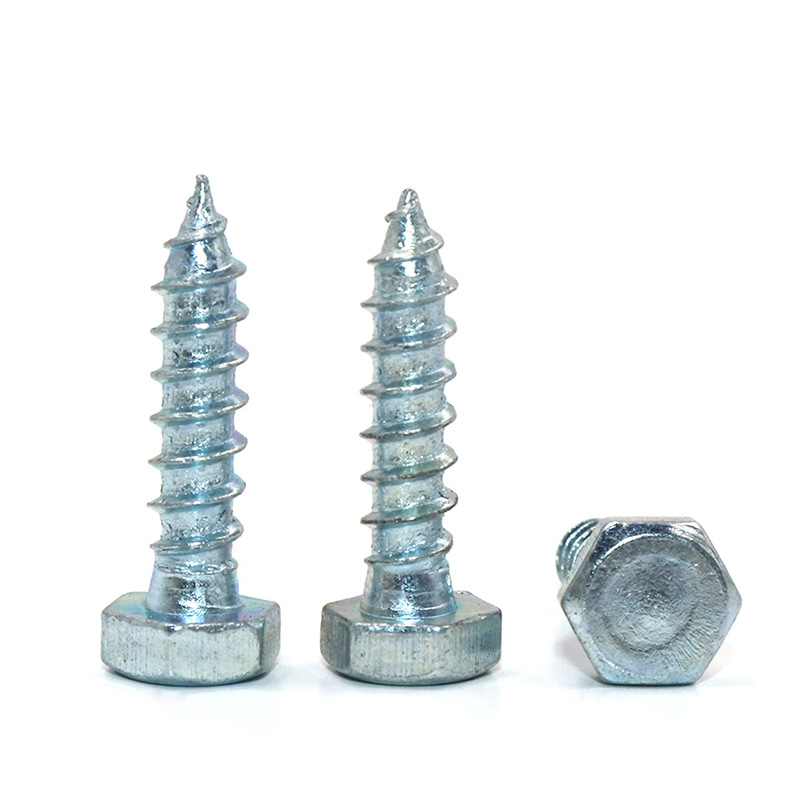

Choosing the Right Anchor Bolts for Steel Structure Applications in Construction Projects
Lug . 20, 2024 02:35 Back to list
Choosing the Right Anchor Bolts for Steel Structure Applications in Construction Projects
Anchor Bolts for Steel Structures A Comprehensive Overview
Anchor bolts are essential components in the construction of steel structures, serving as critical links between the structural elements and the foundation. Their primary function is to secure steel frames, columns, and other components, ensuring stability and structural integrity. Understanding anchor bolts, their types, applications, and installation methods is vital for engineers and construction professionals involved in steel construction projects.
Types of Anchor Bolts
Anchor bolts come in various designs and configurations, suited for different structural requirements. The most common types include
1. L-shaped Anchor Bolts These have a bend at one end, providing anchorage within the concrete. They are often used in situations where the bolt needs to resist tension and shear forces.
2. Straight Anchor Bolts These bolts are used in applications where the loads primarily act in tension or compression. They are usually set into concrete or masonry walls.
3. Sleeve Anchors These feature a hollow sleeve that expands when tightened, providing a firm grip in the base material. Sleeve anchors are particularly useful where drilling into existing concrete is necessary.
4. Epoxy-Coated Bolts In corrosive environments, epoxy-coated bolts are used to prevent deterioration. The coating acts as a barrier to moisture and chemicals.
5. Post-Installed Bolts These are designed for installation in hardened concrete and involve drilling a hole and then inserting the bolt, often using adhesive for additional strength.
Applications in Steel Structures
anchor bolt for steel structure

In the realm of steel construction, anchor bolts are crucial in various applications
. They are utilized in- Bridges Anchor bolts secure bridge components to foundational structures, allowing them to withstand dynamic loads and environmental stresses. - Buildings In high-rise construction, anchor bolts are used to connect steel columns to the footings, enabling them to resist lateral forces such as wind and seismic activity. - Industrial Structures Heavy machinery and equipment are often anchored to concrete foundations using these bolts to ensure safety and prevent movement under operation.
Installation Considerations
Proper installation of anchor bolts is critical to ensure their effectiveness and the overall safety of the structure. Key considerations include
1. Placement and Alignment Precise placement and alignment during installation are essential. Misalignment can lead to stress concentrations and eventual structural failure.
2. Embedment Depth The depth at which anchor bolts are embedded into the concrete affects their load-bearing capacity. Engineers must follow specific guidelines to determine the appropriate depth.
3. Load Requirements Understanding the types of loads (shear, tension, and combined) that the anchor bolts will encounter is crucial. This knowledge informs the selection of the appropriate type and size of the bolt.
4. Environmental Conditions Exposure to harsh environmental conditions can affect the performance of anchor bolts. Projects in coastal or industrial areas may require specialized coatings or materials.
Conclusion
Anchor bolts serve as the backbone of structural integrity in steel construction projects. Their variety and versatility allow engineers to address a wide range of challenges associated with anchoring steel elements to concrete foundations. By understanding the types, applications, and installation considerations of anchor bolts, construction professionals can ensure safer, more reliable steel structures that stand the test of time. As the industry evolves, continued innovation and improved materials will likely enhance the performance and durability of anchor bolts, further affirming their importance in modern construction practices.
Latest news
-
Premium Fasteners Manufacturer | AI-Driven Solutions
NewsAug.01,2025
-
Hot Dip Galvanized Bolts - Hebei Longze | High Strength, Corrosion Resistance
NewsAug.01,2025
-
High-Strength Hot Dip Galvanized Bolts - LongZe | Corrosion Resistance, Custom Sizes
NewsAug.01,2025
-
Best Self Tapping Screws for Drywall - Fast & Secure Installation
NewsJul.31,2025
-
High-Strength Hot Dip Galvanized Bolts-Hebei Longze|Corrosion Resistance&Customization
NewsJul.31,2025
-
Hot Dip Galvanized Bolts-Hebei Longze Metal Products|Corrosion Resistance&High Strength
NewsJul.31,2025

